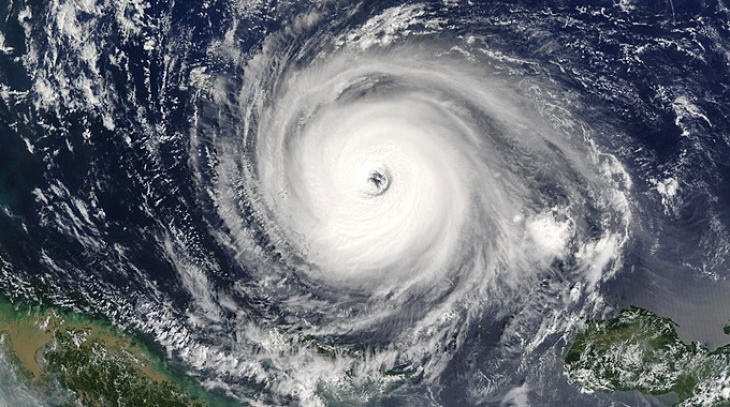Coordination of Storm Themes

By NASA image courtesy Jeff Schmaltz, MODIS Land Rapid Response Team at NASA GSFC [Public domain], via Wikimedia Commons / https://commons.wikimedia.org/wiki/File%3ATyphoon_Longwang_2005.jpg
Storms have a large impact on coastal life, on the population, shipping and offshore industries, forestry and agriculture. They may cause major damage by high wind speeds and large precipitation amounts. In addition, they are of great importance for sea-state and storm surges. The most important questions are: How did storms change in the past (e.g. in frequency, intensity, forcing parameters or geographical location) and how will they change in the future?
These questions are addressed by statistical analysis of long, homogeneous time series of meteorological measurements and high-resolution climate modeling data sets. These climate simulations and new methods to achieve realistic simulations of the past decades are computed and developed by the Coordination of Storm Themes.
Storm research has been conducted for many years at the Institute of Coastal Research at Helmholtz-Centre Geesthacht. The research involves storms of the mid-latitudes and tropical cyclones such as typhoons, but also small-scale storms such as polar lows or Medicanes. The Coordination of Storm Themes analyses regional and global storms in a number of projects and coordinates all work on storms at the Institute of Coastal Research. The Coordination of Storm Themes focuses on past and future long-term changes.
